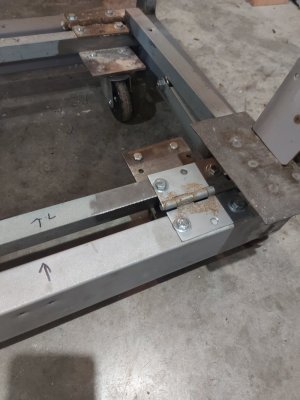quitereal
Andy
All this woodworking talk has got me so nostalgic *sniff*

Made a crude sled to surface a workbench once upon a time, but yeah a cnc with a spoilboard bit would be nice to flatten stuff.
We used to just work around planer snipe by planning to cut 3 inches off each end. Cut your pieces to length after the planing op. Chasing a cure for it seemed so quixotic 😛
Made a crude sled to surface a workbench once upon a time, but yeah a cnc with a spoilboard bit would be nice to flatten stuff.
We used to just work around planer snipe by planning to cut 3 inches off each end. Cut your pieces to length after the planing op. Chasing a cure for it seemed so quixotic 😛



